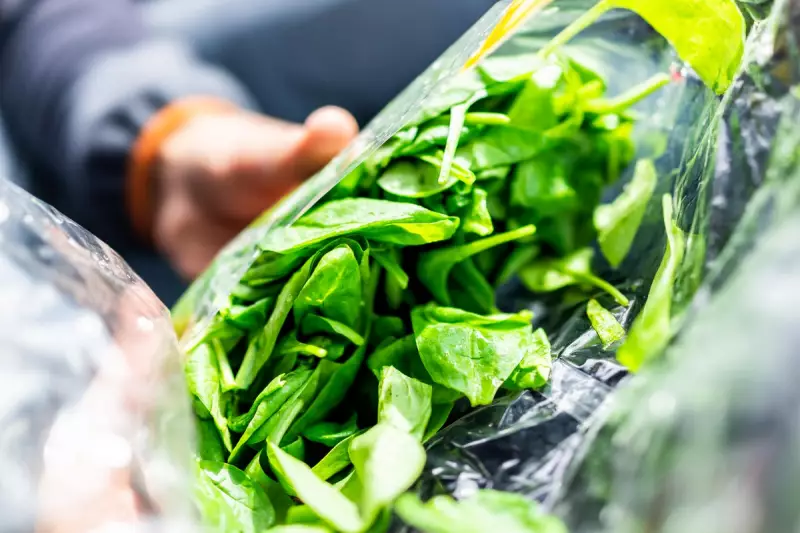
The Hidden Dangers in Your Food: Salmonella, E. Coli, and Listeria
Food poisoning is more than just an unpleasant experience—it can be life-threatening. Three of the most dangerous culprits are Salmonella, E. coli, and Listeria. These bacteria lurk in everyday foods, posing serious health risks, especially to vulnerable groups.
Salmonella: The Common but Dangerous Intruder
Found in raw poultry, eggs, and unpasteurised milk, Salmonella causes fever, diarrhoea, and abdominal cramps. While most recover without treatment, severe cases may require hospitalisation.
E. Coli: Not All Strains Are Harmless
Certain strains of E. coli, particularly O157, can lead to severe food poisoning. Contaminated beef, leafy greens, and raw milk are common sources. Symptoms include bloody diarrhoea and, in extreme cases, kidney failure.
Listeria: A Silent Threat to Vulnerable Groups
Listeria monocytogenes is particularly dangerous for pregnant women, newborns, and the elderly. It can be found in soft cheeses, deli meats, and smoked seafood. Unlike other bacteria, Listeria can grow even in refrigerated foods.
How to Protect Yourself
- Cook meat thoroughly to kill harmful bacteria.
- Wash fruits and vegetables before consumption.
- Avoid unpasteurised dairy products.
- Practice good kitchen hygiene to prevent cross-contamination.
By staying informed and taking precautions, you can significantly reduce your risk of these dangerous foodborne illnesses.





